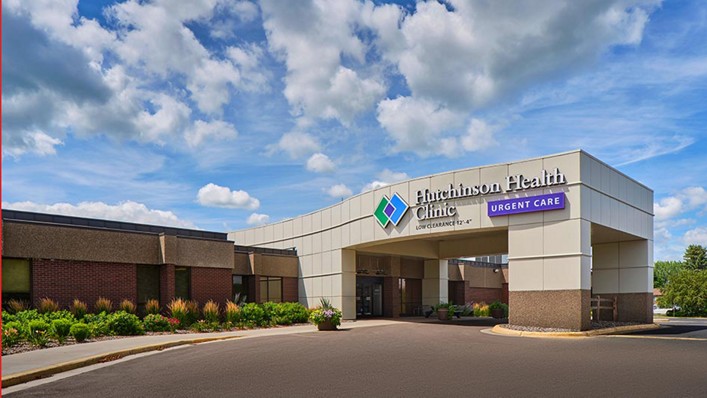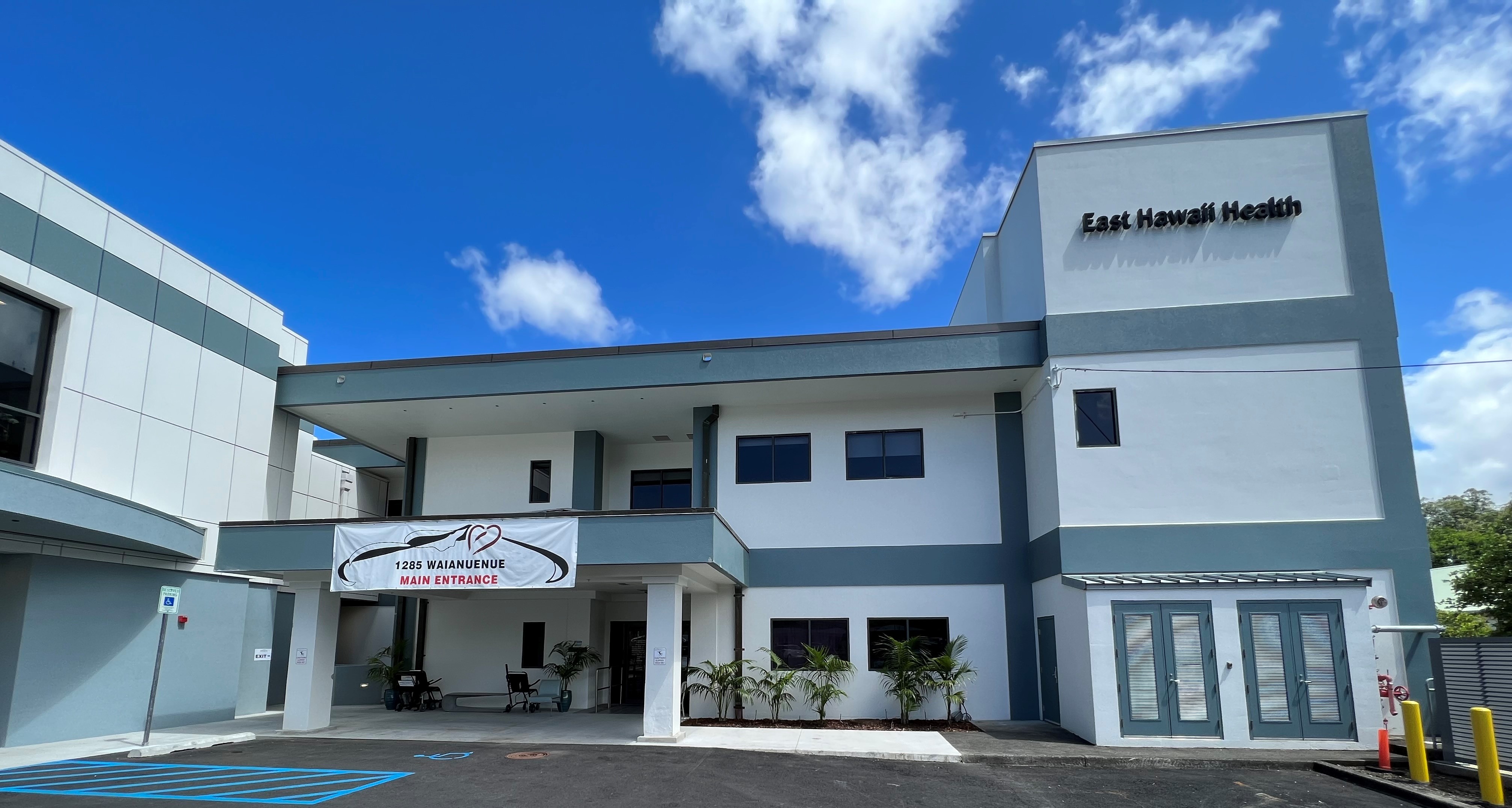Recognizing the Duty of Urgent Treatment in Giving Timely Therapy for Non-Life-Threatening Conditions
Immediate treatment centers have actually arised as a crucial part of the health care landscape, addressing the instant needs of clients with non-life-threatening conditions. By offering timely and obtainable medical solutions, these centers efficiently connect the space between main treatment and emergency departments. The implications of their function extend beyond simple comfort, triggering a closer examination of when and exactly how these facilities are utilized. Recognizing the subtleties of immediate care might substantially influence person results and the general efficiency of healthcare delivery. What elements add to their expanding importance in modern medication?
What Is Urgent Treatment?
Urgent treatment refers to a classification of clinical solutions designed to address non-life-threatening problems that need prompt attention. These facilities work as an intermediary between health care physicians and emergency clinic, using a convenient option for individuals that need timely care without the substantial waiting times generally associated with emergency departments.
Urgent care facilities are generally staffed by doctor, including medical professionals, registered nurse professionals, and physician assistants, who are educated to diagnose and deal with a wide array of conditions. Common services supplied by these centers include therapy for minor injuries, health problems, and infections, along with analysis examinations such as X-rays and research laboratory job.
Additionally, immediate treatment facilities usually approve walk-in patients, removing the demand for visits. Generally, urgent care plays a vital role in the medical care system, making sure patients can access vital clinical services immediately and efficiently.

When to seek treatment at an immediate care facility instead of a key care medical professional or an emergency situation area,Numerous people might find themselves unclear about. Urgent care is created to attend to non-life-threatening problems that need timely focus but are not serious enough to warrant an emergency clinic browse through.
Generally, one should think about immediate look after problems such as small fractures, strains, cuts needing stitches, or infections like urinary tract infections. Furthermore, cool or flu symptoms, breakouts, and sensitive responses can also be properly handled in this setting.
It is very important to keep in mind that immediate treatment is not ideal for dangerous emergency situations, such as breast discomfort, difficulty breathing, or extreme blood loss, which require instant emergency room treatment.
People that lack access to a primary treatment physician or can not protect a timely appointment may also gain from urgent treatment services. Inevitably, understanding when to use immediate treatment can cause extra reliable health care distribution, permitting patients to receive the ideal level of treatment based upon their certain wellness demands.
Advantages of Urgent Treatment Centers
Selecting immediate treatment facilities for non-life-threatening problems provides a number of advantages that improve individual experience and ease of access. One key benefit is the minimized wait times contrasted to conventional emergency clinic. Immediate treatment centers typically run on a first-come, first-served basis, permitting individuals to get timely medical focus without the lengthy hold-ups often connected with hospital setups.
Furthermore, urgent care centers give extensive hours, including evenings and weekend breaks, fitting patients with varying timetables. This adaptability makes sure that people can seek treatment when it is most hassle-free for them, additionally promoting timely treatment.

Moreover, these facilities often offer a thorough variety of solutions, including diagnostic examinations and small procedures, all under one roofing system. This loan consolidation of solutions not only simplifies the person experience however additionally cultivates a much more cohesive technique to taking care of non-life-threatening health problems, eventually benefiting overall individual end results.
Typical Problems Treated
At immediate treatment centers, a variety of non-life-threatening conditions can be efficiently dealt with, offering people with prompt and accessible clinical aid. These centers are especially proficient at dealing with concerns that call for timely focus however do not pose an instant risk to life or limb.
Common conditions dealt with at immediate check my reference care centers consist of small injuries such as strains, cracks, and stress. Immediate treatment centers are furnished to perform needed diagnostic examinations, such as X-rays and research laboratory examinations, allowing them to give detailed treatment.
Additionally, immediate care companies can carry out inoculations, aiding to stop the spread of contagious conditions - Urgent Care. They additionally supply solutions for minor treatments, such as suturing injuries or draining pipes abscesses. By supplying these diverse solutions, urgent treatment facilities play a vital function in bridging the void between primary care and emergency situation solutions, making sure clients receive timely treatment for a wide variety of conditions without the need for long haul times usually connected with emergency clinic
Exactly How Urgent Treatment Supports Health Care System
Urgent treatment centers play a critical duty in supporting the general health care system by relieving the burden on emergency divisions and supplying timely access to treatment for non-life-threatening conditions. By dealing with cases such as small injuries, infections, and diseases, urgent treatment centers click for info enable emergency departments to concentrate on even more vital people calling for immediate attention.
In addition, immediate care centers improve healthcare accessibility, supplying extended hours and an easier choice to standard health care setups. This access is especially beneficial for clients that may not have a normal physician or who require prompt therapy outside of common workplace hours. As an outcome, urgent treatment centers successfully lower enhance and wait times client satisfaction.
Furthermore, urgent care facilities add to cost financial savings for both individuals and the healthcare system by giving lower-cost solutions contrasted to emergency situation divisions. This monetary effectiveness is important in an era of rising healthcare prices, permitting clients to get necessary treatment without sustaining expensive expenses.
Final Thought
To conclude, immediate treatment facilities play a vital duty in the health care system by providing prompt treatment for non-life-threatening conditions. By connecting the space between medical care and emergency clinic, these facilities ensure that individuals get prompt clinical attention without the extensive delay times normally linked with emergency divisions. The availability and performance of immediate care facilities contribute dramatically to reducing the general worry on healthcare resources, boosting individual outcomes, and promoting an extra efficient healthcare distribution system.
Immediate care centers have actually arised as an important component of the health care landscape, addressing the immediate requirements of patients see page with non-life-threatening conditions. Immediate care gos to generally sustain reduced out-of-pocket costs compared to emergency situation division check outs, making care a lot more budget-friendly for clients without compromising top quality. Urgent treatment centers are equipped to execute essential diagnostic examinations, such as X-rays and laboratory tests, allowing them to supply comprehensive care.
By offering these varied solutions, immediate care facilities play an essential duty in bridging the void in between primary care and emergency situation solutions, making certain patients get prompt treatment for a vast variety of conditions without the demand for lengthy wait times typically linked with emergency rooms.
Moreover, immediate treatment facilities enhance medical care ease of access, supplying prolonged hours and an extra practical option to standard key care setups.